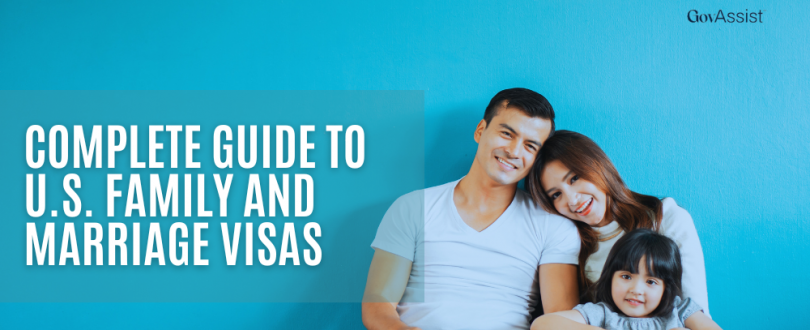
Navigating U.S. immigration can be overwhelming, especially when it involves family. With new regulations each year, staying informed about the nuances of family and marriage visas is crucial. This guide aims to simplify the visa process and equip you with the knowledge needed to bring your family to the United States.
Understanding Family and Marriage Visas
Family and marriage visas allow U.S. citizens and lawful permanent residents to reunite with family members from abroad. These visas are categorized into two types:
Immediate Relative Visas: These visas are for close family relations of U.S. citizens, including spouses (IR-1/CR-1), children under 21, and parents. There’s no annual limit on the number of visas issued in this category.
Family Preference Visas: These visas are for specific, more distant, family relationships with U.S. citizens and some specified relationships with green card holders. This category includes visas for unmarried adult children, married children of any age, and siblings. These visas are subject to numerical limits, resulting in longer waiting periods.

Eligibility Criteria
Eligibility varies by visa type but generally requires proving a legitimate and legally recognized relationship. For spouses and fiancé(e)s (K-1 visas), this involves demonstrating a bona fide relationship through marriage certificates, shared financial records, photographs, and other supporting documents. For other relatives, applicants must establish their relationship through birth certificates and other legal documentation.
Application Process
The process begins with the U.S. citizen or permanent resident filing a petition on behalf of their relative (Form I-130 for family visas and I-129F for fiancé(e) visas). After USCIS approves the petition, the foreign relative can apply for the visa at a U.S. embassy or consulate in their home country. This stage requires extensive documentation, including proof of relationship, financial support, and medical examinations.
Interview Preparation
The visa interview is crucial. Applicants will need to answer detailed questions about their relationship and intentions in the U.S. It’s essential to bring comprehensive proof of relationship and intent to marry (for K-1 visa applicants), including correspondence and photographs.
Post-Arrival Procedures
Once in the U.S., the next steps depend on the visa type. Fiancé(e) visa holders must marry their U.S. sponsor within 90 days and then apply for adjustment of status to become permanent residents. Spouses may also need to adjust their status depending on their visa type.
Common Challenges and Solutions
Delays and denials often stem from incomplete applications or insufficient proof of a genuine relationship. To mitigate these issues, ensure all forms are accurately completed and supported by adequate, bona fide evidence. Consulting with an immigration attorney can also help navigate complex scenarios and ensure compliance with immigration laws.
The process of bringing loved ones to the U.S. requires patience and attention to detail. By thoroughly understanding and preparing for each step, you increase the likelihood of a successful application. For further guidance, refer to official U.S. government resources and consider seeking legal advice tailored to your specific situation.
This guide offers foundational knowledge to help you begin your journey to family reunification. While the process can be lengthy and challenging, the outcome—reuniting with your family—is profoundly rewarding.

